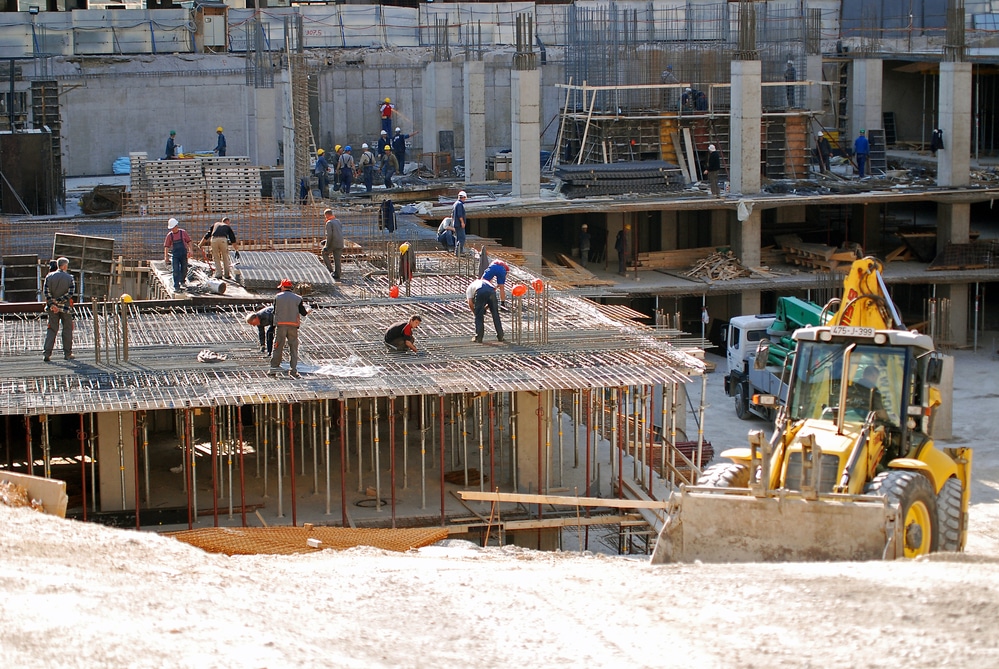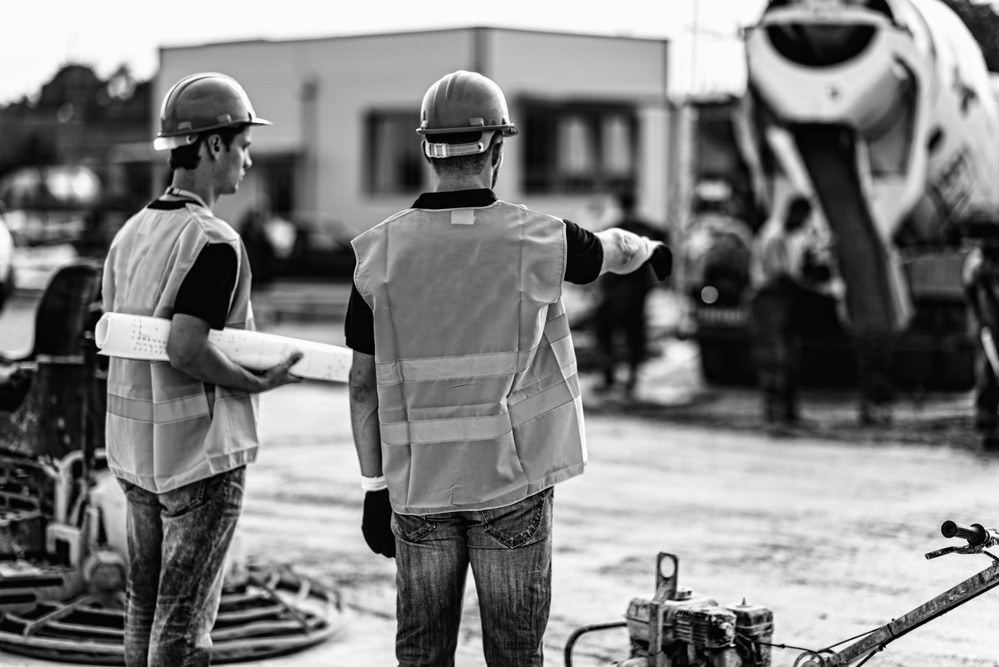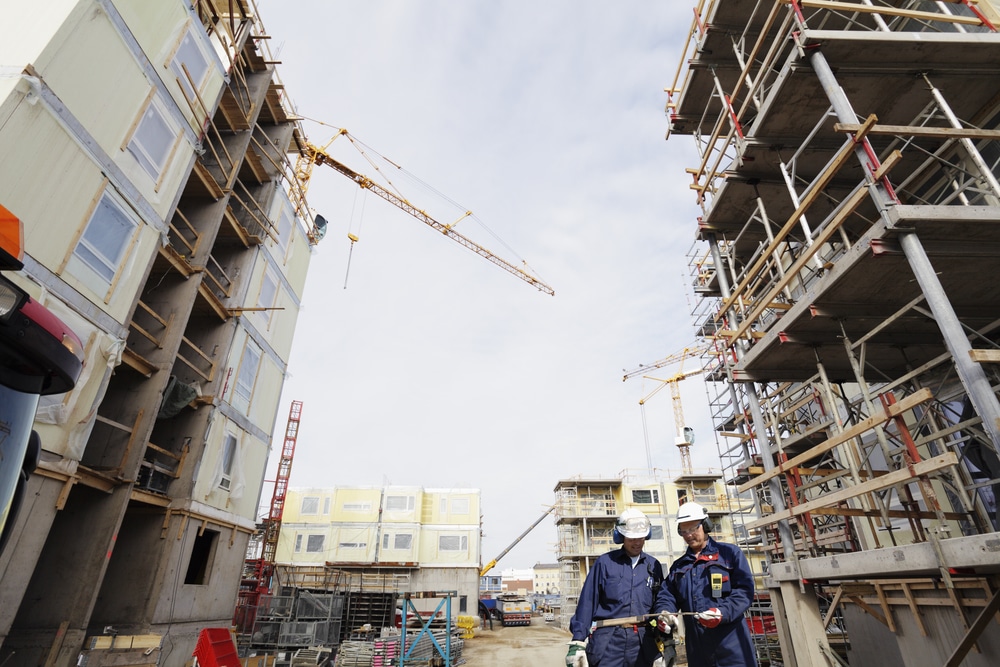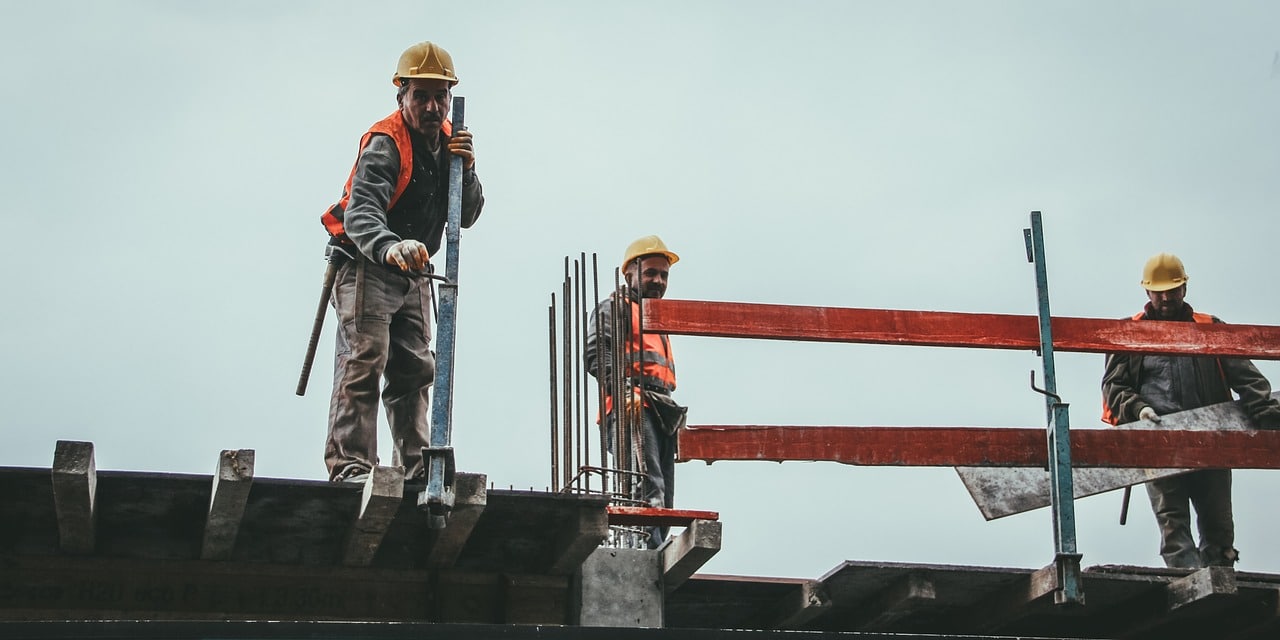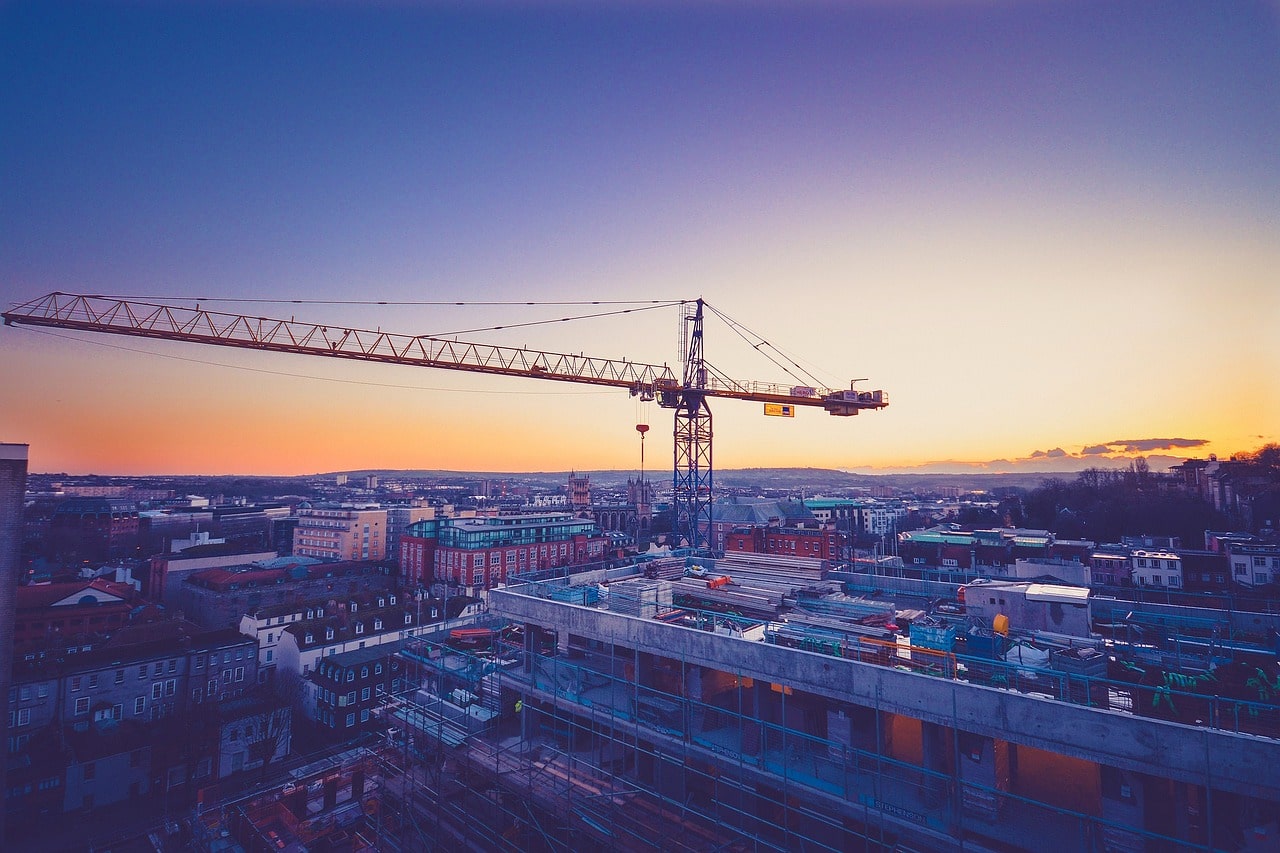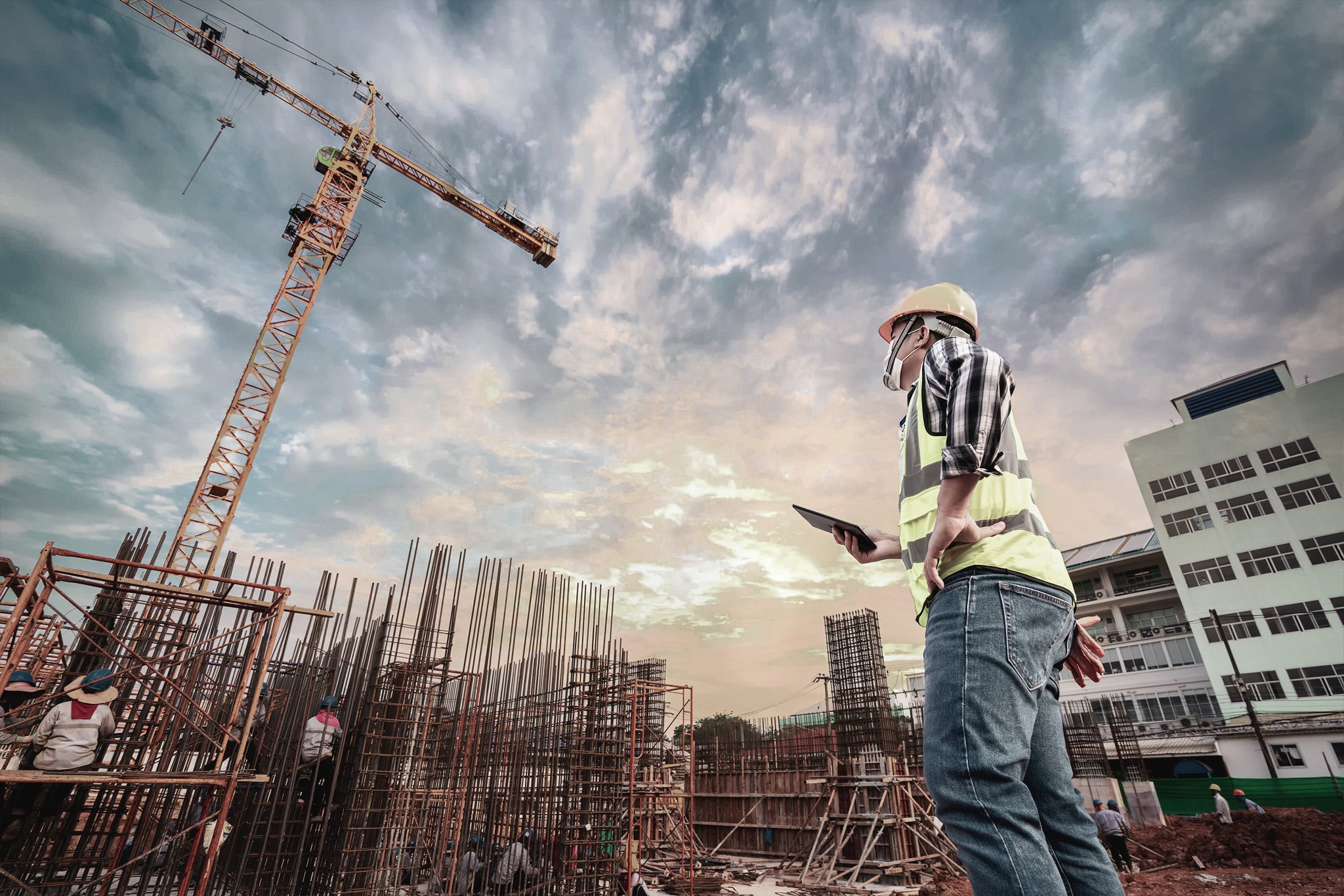A construction site is hazardous because of the nature of work that is performed on it, and the kind of equipment that is used there. There is a big probability of accidents at a construction site, and this industry has the highest rate of fatal accidents. Workers have to work at great heights, handle heavy equipment or carry heavy tools, and be exposed to loud noise for a major part of the day that puts them in risky conditions. This is the reason why construction workers must undergo proper training to learn about the most common dangers on a construction site.
Moving objects
A construction site is constantly changing as a structure is erected. There are diggers, supply vehicles, and lifting equipment that all operate on an uneven surface in most situations.
It is imperative that workers be fully aware of their surroundings and take necessary precautions to keep themselves safe. They should always keep a distance from moving objects and equipment, wear high visibility jackets so others can see them, and cover their heads with a hard helmet.
Noise
There are a ton of machines, vehicles, and tools operating on a site. As a result, the environment is too noisy to work in. Too much noise is harmful to the ears and can cause deafness if a worker is exposed to the noise for excessive periods of time. This makes it extremely important to cover the ears with personal protective equipment.
Working at height
A construction site obviously does not have stairs which is why workers use ladders or scaffolds to reach up and work at heights. Although the problem of working at height is solved with a scaffolding system, it increases the risk of falling and the associated injuries. In such a case, a scaffold system must be equipped with guard rails, and workers must have fall protection systems to minimize the risk as much as possible. Moreover, the equipment should always be properly inspected and maintained by trained personnel to make sure it is fit for use. The good news is that there is a variety of scaffolding systems which can minimise risk while working on site.
Electricity
Many pieces of equipment at a site require electricity to operate. So electricity is not just risky for electricians, but for construction workers as well. Electrical hazards on a construction site accounted for 8 fatalities in 2016-2017. Employees often have to work near underground or overhead cables, and near power lines when they are working at height. In hasty situations or when non-professionals complete such electrical work, the risk is quite high. To avoid these hazards, use only trained and professional electrical workers to do the work, and equip construction workers with personal protective equipment as well as training.
Falls and slips
Falls continue to be the greatest reason for construction fatalities. There are multiple reasons for this including human error, not wearing fall protection systems, and working on uneven or unstable surfaces. Other than this, workers often slip or trip; a construction site has obstacles everywhere in the form of tools, raw material, ditches, slippery surfaces, cables, etc. Falls and slips can cause serious injuries including dislocated joints and broken bones. This is where signposts come in to make the site safer. Signs inform workers of their environment, making them more cautious. In addition, workers should wear proper work boots and other gear such as gloves for utmost safety.
Dust
A construction site is always dusty. Activities like excavation, drilling, and cement mixing are responsible for the dusty environment. The dangerous thing about this is that it is not just dust in the air, it also includes fibers and powder that can cause serious damage to the internal organs of workers. Asthma and obstructive pulmonary disease are some examples of the lung diseases that construction workers can suffer from because of the nature of their work. Other than diseases, small airborne particles can also get in the eyes and cause discomfort. Supervisors must ensure that their workers wear protective gloves, glasses, and face masks to keep themselves safe from these hazards.
Heat
In hot regions and in the summer season, heat is often a major cause of worker deaths. Frequent breaks and hydration are necessary to keep workers safe from heat exhaustion and heat stroke.
Faulty equipment
Building something is easy but it is maintenance that is the tricky part. Similarly, on construction sites, the maintenance of equipment is difficult and costly. It is but natural for machinery, tools, and personal protective equipment to face some degree of wear and tear. Broken ladders, faulty electrical equipment, and unstable scaffold systems can pose a huge risk to worker safety. Therefore, it is important to have a trained professional perform a regular inspection of all the construction equipment, and take the necessary steps for maintenance or upgradation.
Human life is invaluable, and employees are more the assets of a company than its equipment and infrastructure. An employer who takes care of their employees is sure to have a forever-loyal team of hard-working individuals.
Other than the dangers facing workers on a construction site, there is also the risk of theft. Because a construction site lacks strong walls or gates for guarding, it is extremely easy for people to access it and steal. Most common items of theft on a job site include appliances, small tools, and lumber. A project has tasks to complete and deadlines to follow, and the theft of seemingly small items can prove quite costly.
How digital technology is making construction sites safer
However, with new and improved technology, construction sites are becoming more secure than before. Some of these technologies are discussed below:
Building Information Modeling (BIM)
BIM employs 3D modeling software to increase efficiency and productivity on a construction site. This software provides not only construction professionals, but also architects and engineers, with useful tools to plan and construct structures.
The US National Building Information Model Standard Project Committee defines BIM as a digital representation of physical and functional characteristics of a facility. A BIM is a shared knowledge resource for information about a facility forming a reliable basis for decisions during its life-cycle; defined as existing from earliest conception to demolition.
Read more: Why BIM is the future of construction?
Like all 3D models, BIM offers a vivid picture of a site that points out all the potential hazards. This enables supervisors and people in authority to take measures to minimize or eliminate those risks. BIM covers light analysis, spatial relationships, building components, and geographic information to create a detailed virtual model that is very helpful in assessing a job site.
BIM has the ability to identify possible threats on a site before work starts. During the construction phase, it offers a deeper awareness and insight into the safety matters of a project. This 3D model can also simulate hazards as it navigates the site, therefore allowing management plenty of time to deal with the problem. As work progresses, information increases and BIM is excellent at managing such massive amounts of data.
Drones surveillance
Drones are often seen in the hands of hobbyists and wedding photographers. However, they are also very useful in the construction industry. In addition to mapping and scaling, drones are also being used for site security. An aerial view has so much more detail that can help identify risks. Security guards are but humans and can only keep an eye on a limited area whereas drones allow for a wider as well as 24/7 coverage from a distance. Workers are often not fully aware of their surroundings as they engage in labor, but a person with an aerial view is better able to figure out any risks and inform workers on time. With a drone, it is also much easier to check for thieves and keep materials safe.
Cameras
Although initially used for photography, cameras now have become so advanced with heat and motion sensors that they make for excellent security on job sites. Their sensors can quickly detect when there is motion, making it easy to catch thieves. In fact, a construction site that is equipped with efficient security systems is bound to keep thieves away in the first place.
As time progresses and technology improves, so do the methods of robbers. Therefore, it is of utmost importance to keep up with changing technology and equip your site with up to date security systems. Initially, it might seem expensive but is definitely worth it if you look at the big picture.
